Often I find myself referring to any insect as a bug unless I know specifically what it is, such as a dragonfly, butterfly or praying mantis. However, upon trying to identify an insect I found out that bugs are insects but not all insects are bugs.
Insect and bug are often used interchangeably but from an entomological standpoint they are different. Insect refers to an arthropod with six jointed legs, an exoskeleton, generally two pairs of wings, and a body consisting of a head, thorax and abdomen.
Insects are divided into 25 orders and one order, Hemiptera, classifies bugs. The largest order, Coleoptera, classifies beetles.
Some common bugs include aphids, cicadas, water striders, stinkbugs and spittlebugs. Common beetles include fireflies, ladybird beetles and cucumber beetles.
What is the difference between a bug and a beetle?
First of all, bugs and beetles have different mouthparts.
Bugs eat a liquid diet of nectar, sap or animal fluids and they obtain this with their piercing-sucking mouthparts. The beak-like mouthparts inject digestive chemicals into whatever the bug is dining upon and as the chemicals break down the food, it is turned into a liquid that the bug can suck through its mouthparts.
Unlike bugs, beetles possess chewing mouthparts to eat anything from hardwood to rotting fungi.
Another difference is how they undergo metamorphosis. Bugs undergo incomplete metamorphosis which means the juveniles resemble the adults on a smaller scale. Beetles undergo complete metamorphosis with the larvae, often referred to as grubs because of their hardened head, pupating into the adult stage.
In the adults, the difference in the wings is easily visible. Most bugs have a V-shape to their wings when viewed from above. The forewing is only hard for part of its length with the lower part being membranous.
Whereas, the forewings of beetles, called elytra, are hard and leathery the entire length and the hindwings are membranous. A good example, except in the name, is the ladybug beetle.
The easily recognizable red with black-dotted forewings of a ladybug beetle are the elytra. When flying, the elytra are held out to expose the membranous hindwings for flight.
When resting, the elytra hide the hindwings by meeting in the midline of the body. Therefore, beetles have a midline between their elytra and bugs typically have a V-shape between their forewings (called hemielytra).
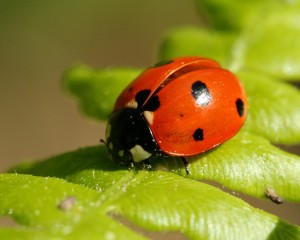
Despite the name, ladybugs are beetles because their elytra meet in the middle and are hardened the entire length
Since a beetle’s elytra protects its hind wings and the breathing pores beneath them, beetles are able to live in almost any environment. The elytra enables them to control their body temperature and retain water more efficiently. This also contributes to why beetles are the most successful group of animals on Earth.
Over 350,000 species of beetles exist worldwide and they comprise two-fifths of all insect species. From a different perspective, if all the amphibian, reptile, bird and mammal species were listed collectively, the list of beetle species would still be eight times longer.
In comparison, around 60,000 species of bugs are known worldwide. For both bugs and beetles, more species may exist but they haven’t been identified yet.
Identifying a bug or beetle down to the individual species is quite a task, especially with only a brief glimpse. But with a quick look at the wings, I can at least distinguish between a beetle and a bug. If I’m not sure, I’ll be safe in saying it’s an insect!

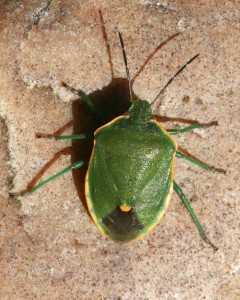
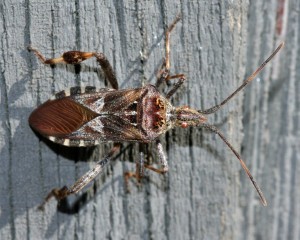
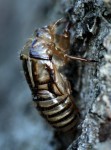
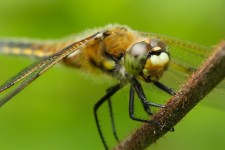
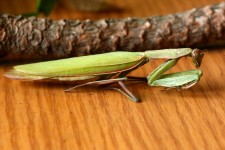
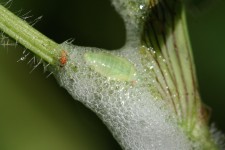
Very informative!
Thank you! I learned something new. I will have fun distinguishing “bug” from “beetle” next time.
I always thought anything with ‘hard’ wings were beetles.
Good info!
Great read! Thanks.
very informative!
it’d have been great if you had also told the key features that confirms that either it’s a bug or a beetle. the key features don’t have to be visible be naked eye… they may or may have been visible.
you should have told it too
Thank U!! Now I got it) =)
Superb informative piece – interestingly in the UK we call Lady Bugs, Ladybirds so less confusion that they are actually a beetle not a big!
Hi I came across an insect that think is a beetle that in nearly 65 years I’ve never seen before didn’t know if you could identify it. It was camouflage green & black had a frog like face, definite wings but when I tried to get a closer look it jumped. I would post a picture but there’s no facility
Hi,
My best guess from your description is that it might be a leafhopper or a cicada. Good luck identifying it!
Laura